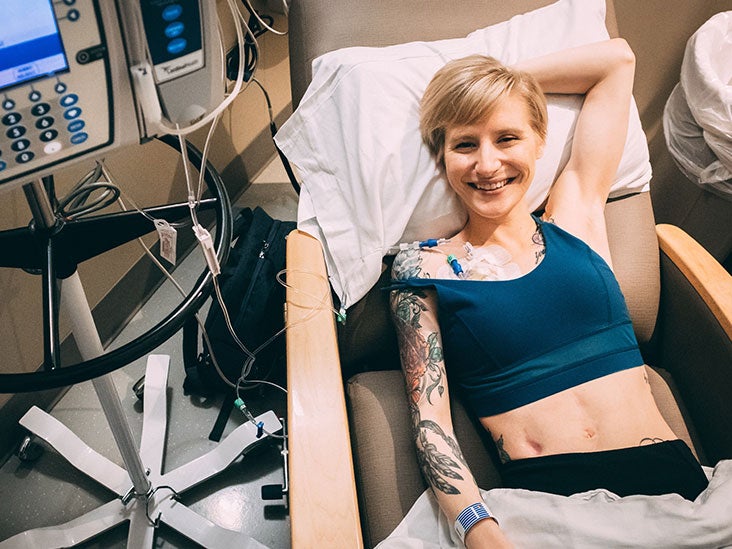- Perspective After Effects
- Perspective Grid After Effects
- After Effects Perspective Transform
- Perspective Transform After Effects
One Point Track. When to Use It: Very quick 2D tracking situations centered around a single point. Trendy Perspective Transitions contains a set of presets effects that you can use to swap between different media. You can use these amazing presets endlessly in your work. They so easy to use and they come with both in and out animations. So I created a logo animation, but forgot I was in the custom view 1. I didn't realize until after I rendered the file that AE's active view was set to the front view. I've tried adding a new camera (and by using multiple views) attempted to eyeball the position of the custom view to come close to t. The following micro tutorial shows how to setup a new isometric camera in After Effects that will give you the cool isometric perspective, alternatively we've created the Angle After Effects Script, in just 3 clicks it will add an isometric After Effects camera for you! So let's take a look at creating an isometric After Effects camera.
Learn how you can create believable screen replacements in Adobe Premiere and Adobe After Effects with these simple techniques.
Say you’re recording a video for a client, and one of the shots includes a person holding a phone and browsing an app. You set it up, record it, and edit it. But wait — the company just redid the layout of the app, and they need the new design in their spot. What do you do now? Record the bit all over again?
Well, not when you’re using screen replacements. With tools like Adobe After Effects at your disposal, the fix is as simple as swapping out a single layer. Here’s how you do it.

Record Footage Correctly
When recording your footage for your screen replacement, here are a few things to keep in mind:
- Record your screen with a “green screen” —download a green .jpg from the internet, and open it in your photo app. Make it full screen, and use that when recording the device. This will come in handy when keying out the screen in post, and it will allow you to move objects over the screen without disrupting the screen replacement.
- Keep all 4 corners visible — When you get to the motion tracking portion of this tutorial, the screen replacement will be much easier if you have four corners to track in After Effects.
Working in After Effects
Create a new composition, and import all of your footage. The first thing that you want to do is track the motion of your device’s screen. Open up the tracker window, and click the Track Motion button. Make the motion source your video, and change the track type to Perspective Corner Pin. This will prompt a four-corner box to open up in your preview window. Match those pins to the corners of your device’s screen, and then click Analyze to enable AE’s motion tracking software.
Before analyzing the track, you’ll need something to place the tracking onto in lieu of your vertical video (for later placement). Create a solid object by right-clicking the timeline and selecting New > Solid. No need to resize this object — just make it a visible color such as bright red, and from the tracker tab, select that solid in the Edit Target options. Once targeted, the new solid layer will take the shape of the tracked screen.
Now, it’s time to key out the green screen to allow movement over your device. Start by going to Effects > Keying > Keylight. Once you’ve applied this to your video clip, take the dropper in the effects tab and click the green screen. To make the keying process a bit clearer, change your view settings to AlphaChannel so the color difference is more apparent. Toy with the settings until you get a clear distinction between your key and the rest of the video. The Clip Black and Clip White settings will give you the clearest lines.
The keying process is going to alter the color of your video, so to bring it back to normal, duplicate your clip, and delete the keylight effect on the bottom layer. Afterward, go to your Track Matte settings on your timeline and Alpha Matte your bottom clip to the one above it. This will keep the color keyed, while maintaining the original color of your video.
Since you’re almost done, it’s time to add your vertical video to your phone. Pre-compose your red solid by right-clicking it and selecting Pre-Compose. This will open a new composition with just your red solid. In that window, drag in your vertical video and stretch it to the corners of the red solid. It may look warped, but it will go back to its original size in the main composition.
Now go back to your original composition, and see if the color matches up. If it seems like the video is too bold or the colors don’t wash with the original composition, give it a few touch-ups with the Lumetri Color effect. You can de-saturate the video a bit, turn down the exposure, or even adjust the curves to match the phone footage to your composition.
Remember, you can create this effect with any type of screen. A television in the background, a billboard in Times Square: you name it — with the screen replacement method, any screen can display your footage.
Screen Replacements in Premiere
While I recommend that you create your screen replacements in After Effects (due to the customization options and motion tracking capability), you can also create them in Premiere. Just remember: the screen cannot be moving if you choose to do this effect in Premiere. Without the assistance of motion tracking, you’d have hours and hours of keying ahead of you.
So take a clip of a screen shot on a tripod and import it into Premiere. Take the clip you would like to insert into the original screen and add it over the other in your timeline. Shrink it down in the settings to just about the size of your device’s screen. Then go to the Effects tab and drop Corner Pin onto your top video. This will allow you to manipulate the corners of your new video, so now all you have to do is pin those to the corners of the device’s screen.
Once you’ve done that, you have another successful screen replacement!
Looking for more post-production tips and tricks? Check these out.
Sign In
Register
- Access to orders in your account history
- Ability to add projects to a Favorites list
- Fast checkout with saved credit cards
- Personalized order invoices
Create Account
Cover image via
There’s more than one way to pull off motion tracking in After Effects. Here’s a few of them!
After Effects is a fantastic tool for VFX work. This is especially true for motion tracking. However, the tracker you use to motion track your footage might not be the best choice depending on your specific clip. Let’s take a look at six different ways to execute motion tracking in After Effects and discuss when certain tracking features should and shouldn’t be used.
1. One Point Track
When to Use It: Very quick 2D tracking situations centered around a single point with no warping.
The single-point tracker built into After Effects has long been a go-to tool for motion artists, but you need to be careful with single-point tracks because footage doesn’t normally shake in 2D space only. After Effects uses contrast to find track points, so you’ll need to make sure you set your tracker on a well-defined point. If you’re in a rush, one-point tracking will work, but for most professional circumstances, you’ll want to at least use two-point tracking.
In this tutorial from Live Tech Australia, we take a look at how to use the single-point tracker in After Effects.
2. Two Point Track
When to Use It: On footage with mild to moderate levels of camera shake.
Two-point tracking is fantastic for simple camera movements, as long as there are a few contrasted elements for the tracker to track. Two-point tracking is notably superior to single-point tracking because it can track rotation and scale, not just position.
This video from Robert’s Productions shows us how to use two-point tracking to add text to a scene.
3. Corner Pin Track
When to Use It: Deezer 360 sony headset. Basic screen replacement.
If you do a lot of commercial or sci-fi work, then you probably do a lot of screen replacements. In order to help make screen replacements easier, After Effects has a built-in corner pin tracker that is designed to work with any four point surface. Pinnacle motherboards driver download for windows. While it’s designed to work with screens, it can also work with picture frames, signs, and simple surfaces. In this video tutorial from LinkTCOne, we take a look at how to use the corner pin tracker to replace a picture frame in After Effects.
4. 3D Camera Tracking
When to Use It: Matte painting, set extensions, and compositing.
One of the most powerful features to hit After Effects in recent years is the 3D camera-tracking tool. The tool essentially automatically creates dozens of track points in your footage and allows you to select which ones to use after the computer processes the footage. This is your best tracking option directly in After Effects. However, the 3D camera tracker can take quite a while if you have a long clip.
This tutorial from thevfxbro shows us how to use the 3D camera tracker to ‘composite’ a Christmas tree into a shot.
5. Planar Tracking Using Mocha
When to Use It: Advanced tracking on flat surfaces.
Perspective After Effects
If you have a very difficult-to-track flat surface, then the planar tracking feature in mocha Pro is the way to go. Unlike After Effects, mocha Pro will use predictive tracking to track the position of an object even if a portion of the tracked object is offscreen. Tracking data can then be exported from mocha into After Effects.
This quick video tutorial from short-form video shows us how to planar track in mocha.
6. Spline Tracking
Perspective Grid After Effects
When to Use It: Complex camera tracking jobs.
After Effects Perspective Transform

If you’ve exhausted all of the other options on this list, or simply want the most accurate track possible, then spline tracking in mocha Pro is the way to go. Spline tracking can track any type of shape because you custom create the tracking plane. Essentially, you trace around the object you want to track and mocha will try its best to keep track of the object. Data can then be exported to After Effects.
This tutorial from mocha planar tracking & vfx tools shows us how to use spline trackers to do beauty retouching in After Effects.
Perspective Transform After Effects
Have any other tips for motion tracking in After Effects? Share them in the comments below!
